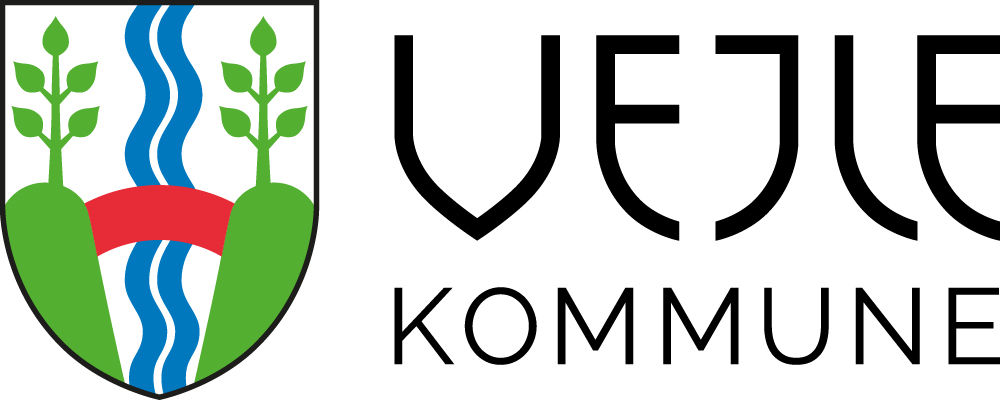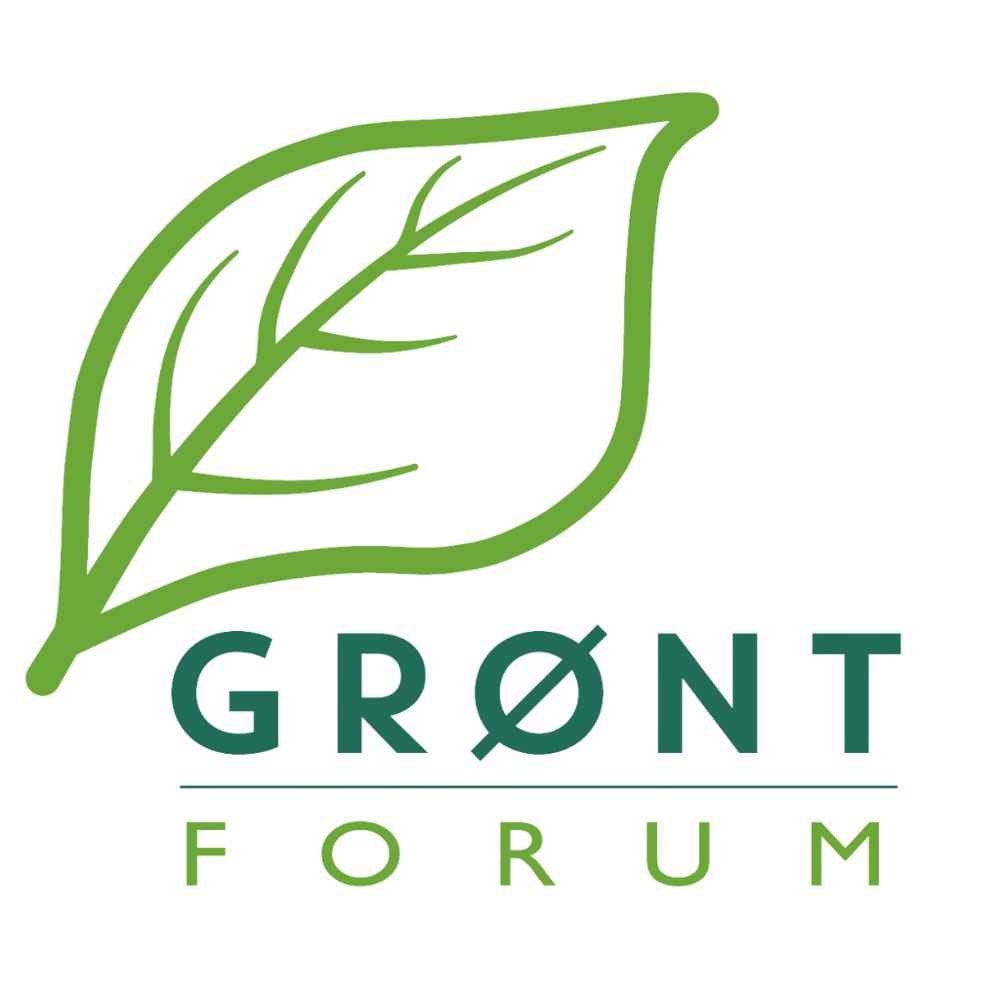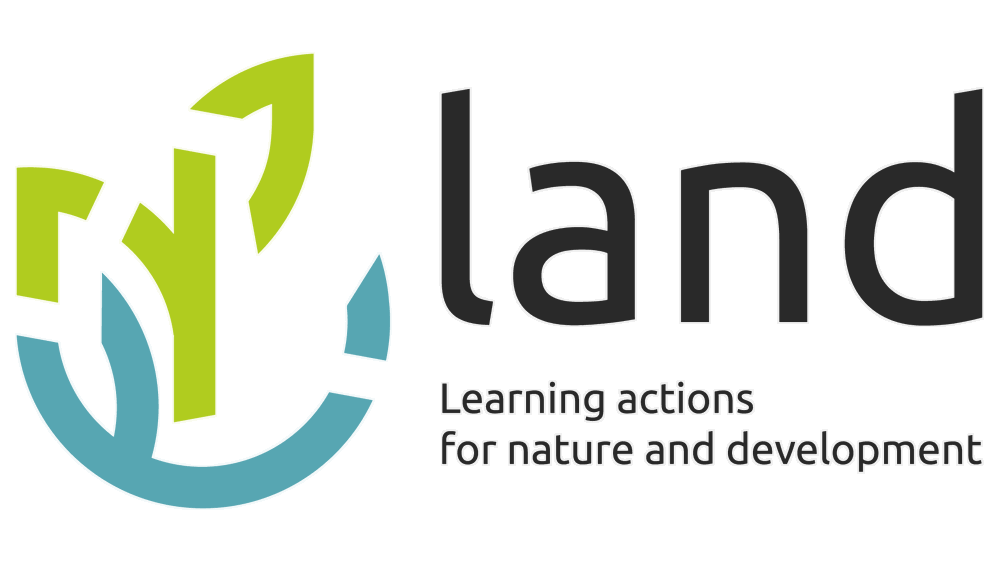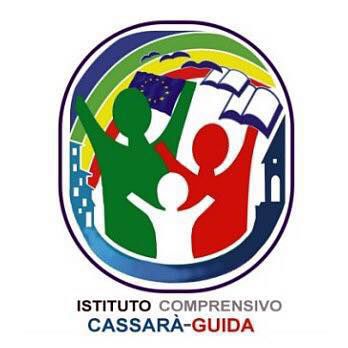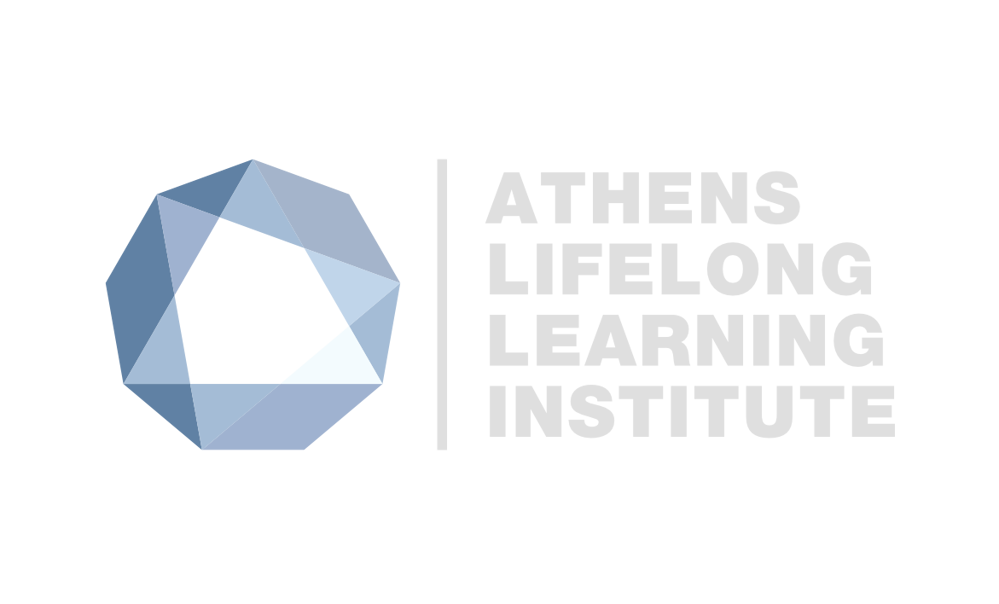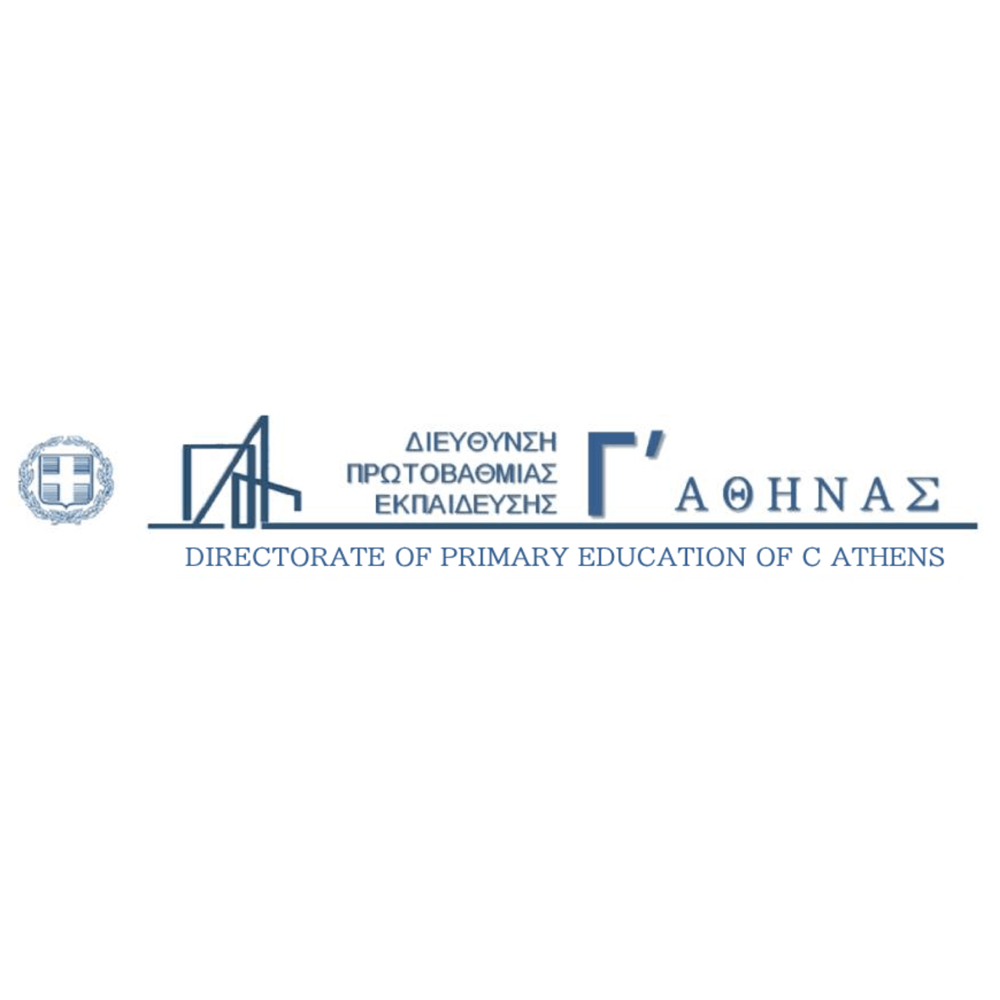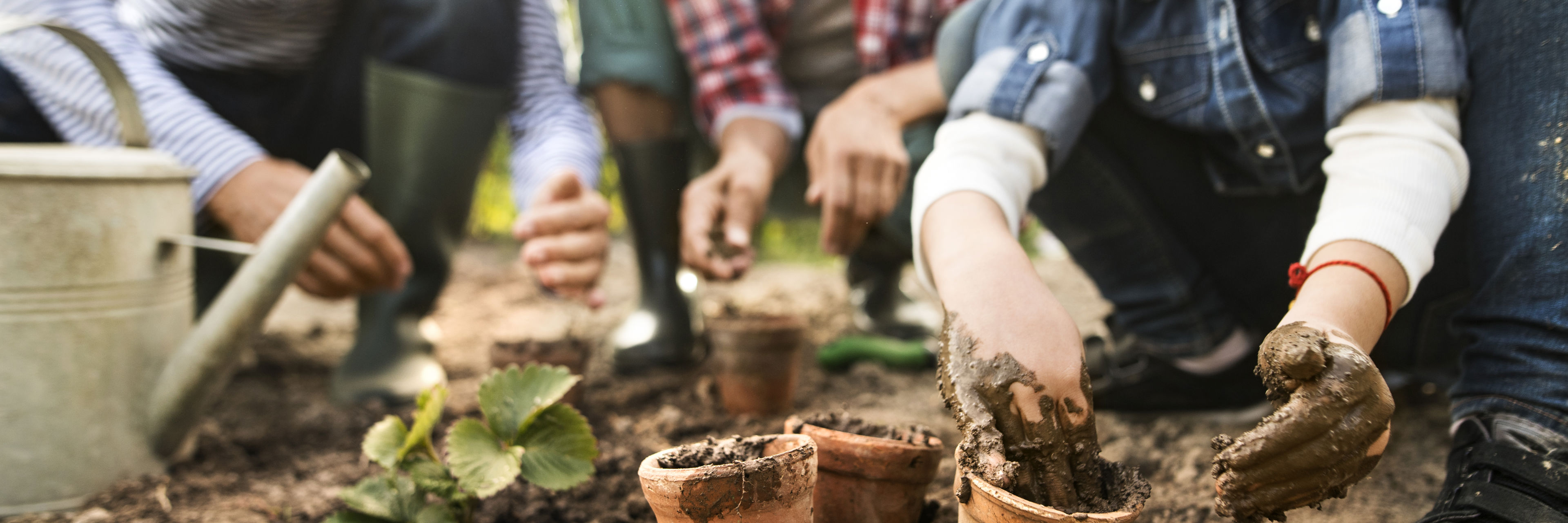
About the project
The Micro Forest Schools project supports the EU Biodiversity Strategy 2030 and the Education for Climate Action, by developing a new Teaching Curriculum and eLearning Course which combines biodiversity action and community involvement in primary schools, through the establishment and co-creation of micro forests. The curriculum promotes relevant green skills and mindsets needed to motivate children and youth to take action and gain experience that they can contribute to relevant solutions.
About the project
The project has two main aims:
- Formulating a teaching curriculum and program that will enable primary school teachers to facilitate the learning of relevant key competences, mindsets and awareness-raising among pupils, on the topics of biodiversity and community engagement, through the establishment of micro forests on the school grounds.
- Working on creating direct impact and experiences about how to create local shared solutions to support urban biodiversity and local community participation, by involving not just teachers and pupils, but also the pupils’ families and local communities in the school activities.
Project Objectives:
- DEVELOP a teaching curriculum and program for primary schools, where civil society and local volunteers are involved in developing, establishing and caring for micro-forests on the school grounds.
- DESIGN and set up an online platform to both promote the teaching curriculum in an accessible and pedagogical way, but also to promote online exchange between teachers and pupils during the project activities.
- TRAIN primary school teachers on relevant key competences, insights, mindsets and values, in order to carry out local school activities with pupils, involving parents and local communities - centering around the establishing of micro forests.
- TEST the curriculum and e-learning course with local schools.
- EVALUATE the results of the project, the relevance and potential impact.
- FORMULATE recommendations for implementation of the methods and results of the project, with a cross national perspective on local praxis and contexts.
The project has two primary and secondary target groups:
Primary target groups:
- Primary school teachers - the direct target group for the project activities and products are primary school teachers who will implement and test them in their daily work. As education providers they have an important role in teaching new knowledge, skills and mindsets to their pupils. They also have an important role in the engagement of parents and local communities in their teaching activities and cooperation on the micro forests.
- Primary school pupils - the main target group as receivers of the learning content of the project activities as products, but also as active participants and co-creators of the micro forests.
Secondary target group:
- Civil society, local communities and families around the schools - an important secondary target group of the project activities as an important player and collaborator in the micro forest establishments, but also as receivers of insights and mindsets on action taking on biodiversity, as well as to be inspired to take further action based on the project.
- Policy makers and education providers - a secondary target group to inspire to take in the results and products of the project in their own local context, to ensure further impact and dissemination of the project results and products.
Project activities:
- Formulate teaching curriculum for primary schools.
- Train school teachers in the curriculum through an eLearning course and online exchange between schools in the 3 partner
countries. - Test the curriculum content and eLearning course locally with schools and local communities.
- Evaluate the results, relevance and potential impact of the project.
- Formulate recommendations for implementation of the project methods and results, addressing stakeholders and policy makers.
As global populations rise and economies develop, the demands on land-use systems increase. This has resulted in widespread declines in biodiversity and 80 percent of European habitats are in poor condition. We face a crisis, where recovery of biodiversity is extremely important for nature and our wellbeing as humans. For us to turn back the damages and restore biodiversity, ecosystems and promote new climate and biodiversity friendly practices, we need to engage all parts and sectors in society (OECD 2020; European Green Deal; EU Biodiversity Strategy 2030). In addressing the pressing societal needs, we recognize a dual imperative. Firstly, there's a growing demand for increased knowledge regarding biodiversity and the essential requirements of nature. This understanding is crucial to creating sustainable living environments that harmonise with nature rather than exploiting it. Simultaneously, we need effective methods to mobilise collective action and instil a sense of ownership, encouraging individuals to take responsibility for our environment and climate.
Inspired by the growing influence of Miyawaki forests across Europe and Denmark, which introduce a method for quickly planting small forest areas, the so-called “micro forests”, in urban areas with a high level of biodiversity in terms of plant types, the project aims to build on a praxis experience from Denmark, which combines the Miyawaki method and other urban biodiversity supporting measures with school education and community engagement.
Micro forests may be small in size, but they are powerful tools for ecosystem restoration, especially in urban areas. By planting native species, micro forests can help support local ecosystems and promote biodiversity by providing habitats for a range of species. Furthermore, micro forests can help local ecosystems by improving soil quality, preventing soil erosion, and absorbing carbon dioxide from the atmosphere. And because they are designed to be compact and efficient, micro forests can be planted in urban and suburban areas where space is limited, making them a valuable tool for restoring green spaces and improving the health of our cities and their inhabitants.
This will not only generate tangible benefits for the local community in terms of the crises all European countries face such as threats to biodiversity, the need for more green areas and climate actions, but will also serve educational purposes by providing a curriculum and program where teachers, pupils and local communities can gain relevant competences, mindsets and knowledge on biodiversity and climate action, as well as concrete action-taking competences, which also connect the school education with the mobilisation of community action. Through this project, we hope to not only enrich educational experiences by creating more contact between children and nature, but also make meaningful strides towards addressing the urgent challenges posed by the biodiversity and climate crises.

